The UK political system is crumbling, physically if not quite yet metaphorically.
This week carries yet another shocking revelation about a Member of Parliament. The as yet unnamed Conservative MP, reported to be in his fifties, has been charged with rape alongside a series of other offences.
The reports from Westminster over the past few weeks have read like the High Court rolls.
Beyond the most serious criminal offences, we are now in the unenviable position of having around one in 10 parliamentarians being investigated for sexual harassment or professional misconduct.
There is something very badly wrong in that building.
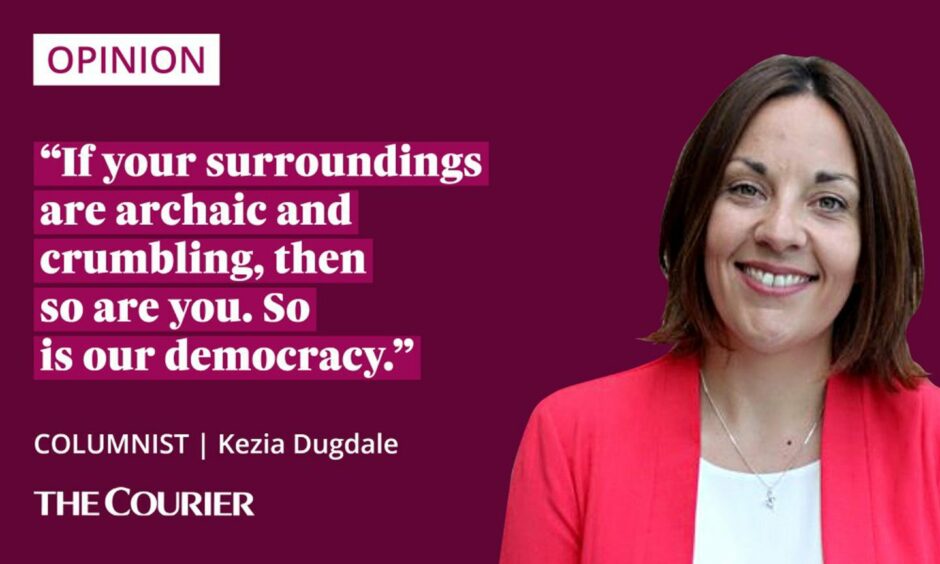
But there are also many many things wrong with the building itself.
And the failure of politicians to address it, and their accompanying excuses, is the perfect case in point for what’s wrong with our politics more generally.
Parliament, not government, is the place for big decisions
In a new book called Held In Contempt, Dr Hannah White lays out a brilliant analysis of what’s wrong with the House of Commons.
She boils it down to five key themes, starting with the fact that’s been side-lined over the past few years.
The two big political issues of recent years, Brexit and Covid have both seen power consolidated in the hands of the Government, rather than Parliament more broadly.
For Brexit, it was deliberate in order to attempt to push through a deal come what may.
Even though attempts to prorogue or shut the House of Commons ultimately failed in the courts, there’s little doubt that Parliament was side-lined as big decisions were taken elsewhere, often against the will of the people.
When it came to Covid, our lives were in the hands of the governments and our liberties curtailed by them too.
Parliamentarians could ask questions yes, but all too often after the event.
If we’re not careful, these two exceptions could become a pattern.
The more diminished Parliament is, the less inclined we’ll be to fix it – and that suits all the wrong people.
So much for representation
The next of Dr White’s themes focuses on just how unrepresentative the House of Commons is, despite big strides in gender representation.
It still suffers from an over representation of white, middle-aged men.
I’ll leave you to draw your own conclusions about the link between that dominance of one group and the litany of poor and criminal behaviour which has led to it being termed “Pestminster” in recent months.
We’ve reached the point of MPs posting light-hearted tweets about one of their colleagues being arrested on suspicion of rape. Westminster is grim sometimes.
— Ben Kentish (@BenKentish) May 18, 2022
Two further themes look at how arcane its practices are and how exceptionalist the people within it have become. But it’s the fifth theme that’s of real interest to me.
It’s decaying.
The building is literally falling down.
It’s a dangerous place of work and a catastrophic event is one leak or dodgy socket away. Guy Fawkes’ dream may yet be fulfilled.
Westminster crumbles and the cost of repairs keeps rising
Between 2009 and 2019, there were 14 reported events of falling masonry within its grounds.
The boilers that heat the building are so old they are listed, and some of the sewage pipe work dates back to the 1800s.
An estimate of the cost for repairs to the Palace of Westminster back in 2014 put the bill at whopping £3.5billion.
That’s £12billion in today’s money, or the equivalent of nine Queensferry crossings.
Every time the plans to fix the building get put off, the costs grow and the problems worsen.
The MPs know it, but always kick the can down the road.
In part because they don’t want the inconvenience of moving out but also because they don’t want to be the generation of politicians that carry the can of spending billions of pounds on themselves.
That might be how some see it, but that’s not the reality in my book.
There’s evidence to show we’re shaped and influenced by our surroundings.
If your surroundings are archaic and crumbling, then so are you.
So is our democracy.
If we care about our democracy we should fix it and when we fix it, we should modernise and future proof it.
Make it a place where everyone is welcome.
This neo-gothic palace was designed to intimidate and to make the little people feel smaller. Is that what we want in the 21st century?
Whose Parliament is it anyway?
To those who say the money can be better spent, that’s like arguing you should give your rent money to charity, whatever the consequence.
There are some things we have to pay for, and we the tax payer are already spending £150million throwing good money after bad. Sticking elastoplasts on a building in need of life saving surgery.
Plans to decant from the building to allow it be renewed and restored were passed by legislation in 2019 and then binned a year later.
The excuse was that no parliament can bind the next one’s decisions.
But surely this is a decision for us, the people?
It’s time we had a conversation about what Parliament is for, how it should work and who it should work for in the 21st century.
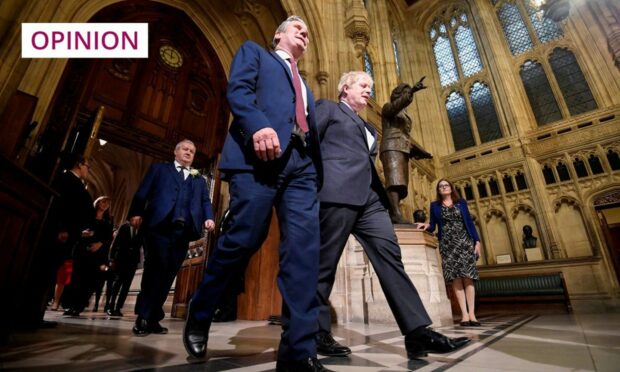
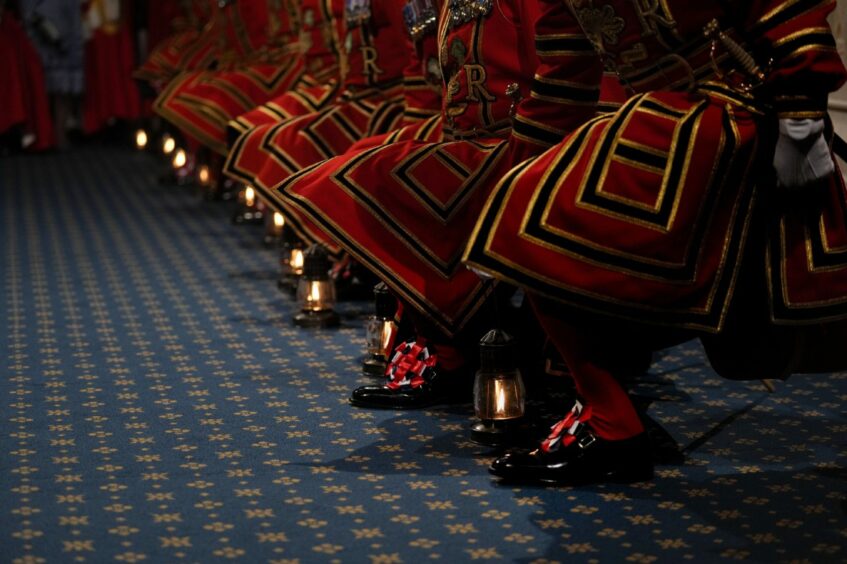
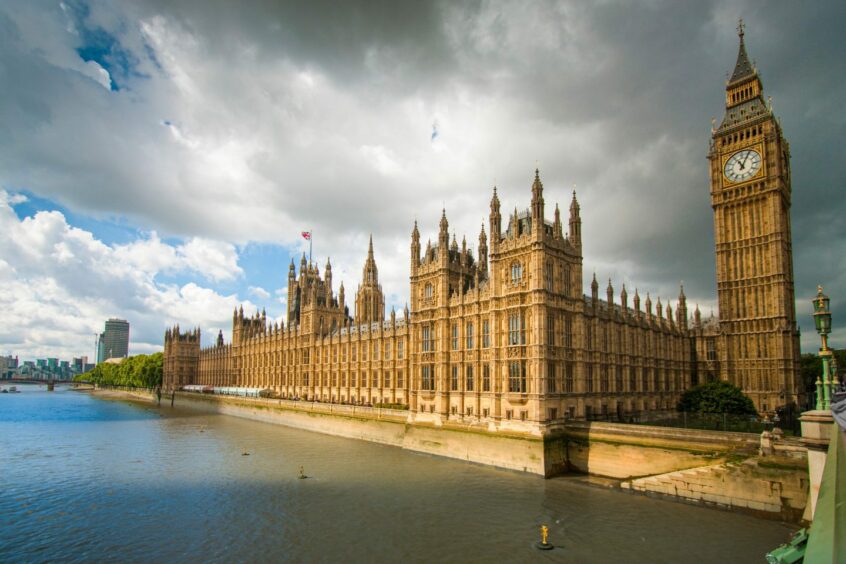

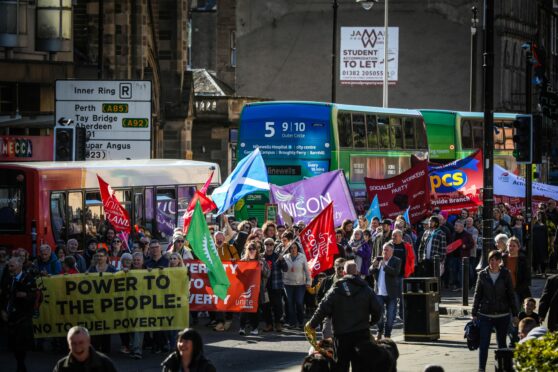
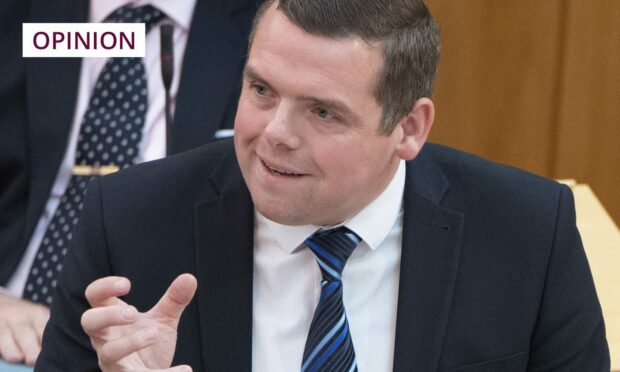
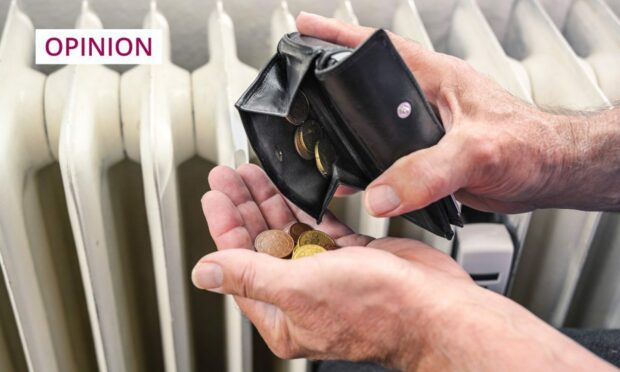
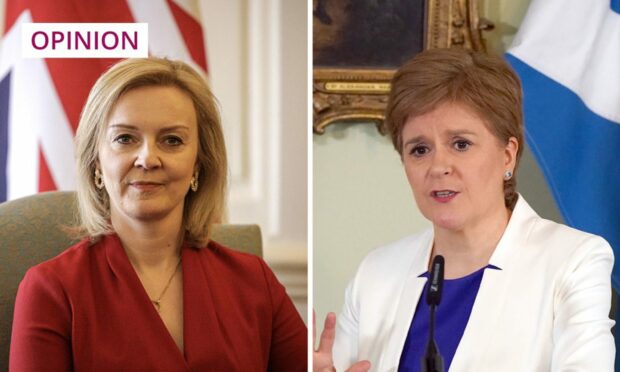
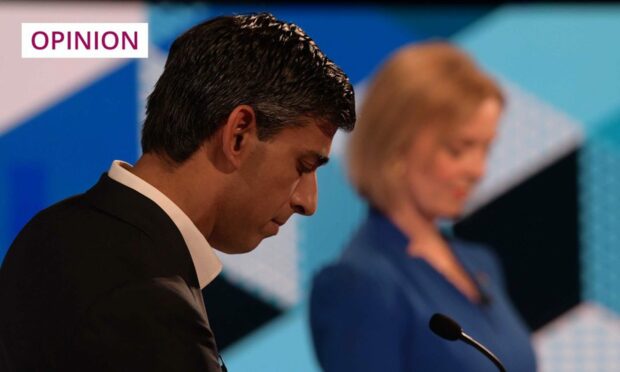
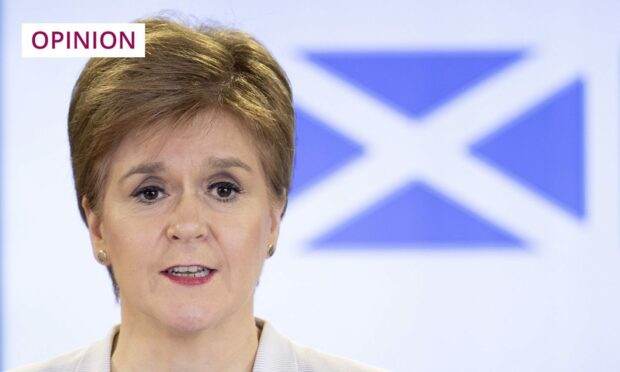










Conversation